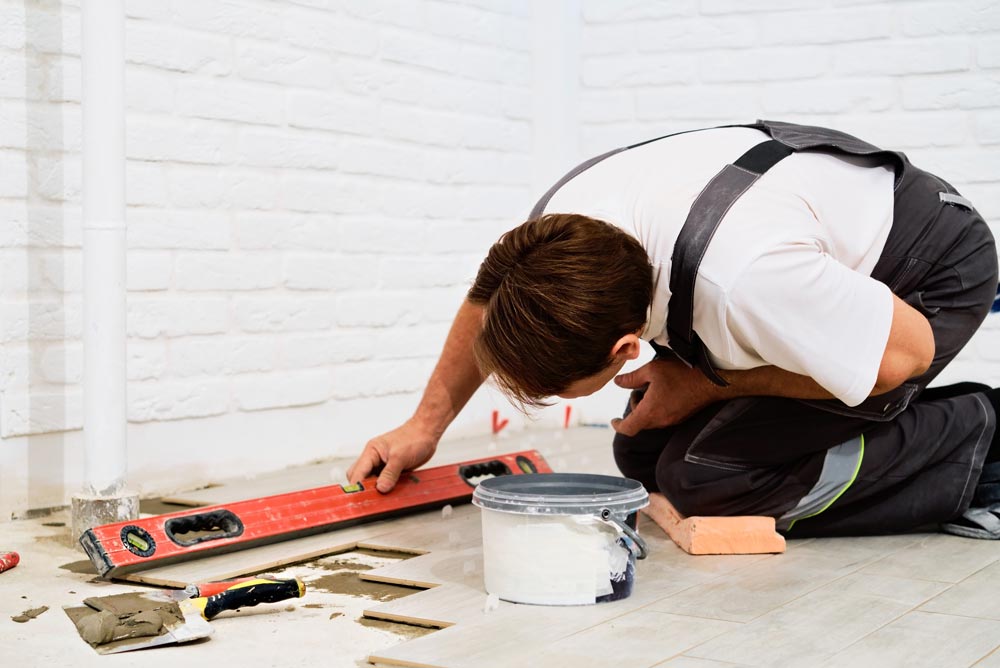
Concrete leakage – who can help us?
How leaks in concrete occur
Concrete is a strong and durable material that plays a key role in modern construction, but over time even it can become susceptible to defects. Initially, when tiny cracks form, they appear almost imperceptible; however, as time passes and external influences accumulate, these small fissures gradually widen and allow water to penetrate the concrete’s structure. This is often due to improper mixing of the ingredients—when the proportions are not accurately followed—or a lack of sufficient waterproofing during construction.
Inadequate waterproofing
Insufficient waterproofing during the building process can significantly increase the risk of moisture penetration. Additionally, the effects of atmospheric conditions—prolonged rainfall, high humidity, and significant temperature fluctuations—create dynamic conditions under which the concrete undergoes constant expansion and contraction. Mechanical loads from vibrations, transportation, and heavy daily activities also play a role by accelerating the development of defects. Consequently, the initial microcracks grow into substantial breaches that allow water ingress.
Age of the concrete
Over time, the internal moisture that seeps through these defective areas begins to cause serious issues, including corrosion of the reinforcement, weakening of the structural integrity, and the appearance of mold and mildew. Early signs of moisture—softening of the surface, subtle color changes, and localized damp spots—often go unnoticed until the problem deepens to the point where repairing the entire structure becomes inevitable.
Construction compromises
The causes of leaks may also be related to construction compromises—such as using lower-quality materials, rushed construction work, or poor conditions during the curing process. These factors increase the likelihood of gradual leak development, which can result in significant damage if not addressed in a timely manner.
How we recognize concrete leaks
There are several characteristic signs that indicate water has penetrated the concrete:
Wet spots: Small damp areas often become visible on walls, ceilings, or floors, especially during or after rainfall.
Color change: If the white or light-colored areas of the concrete darken, it signals moisture penetration.
Appearance of mold and mildew: Trapped moisture can lead to the buildup of mold, particularly in enclosed spaces.
Surface degradation: If the concrete surface begins to look worn or crumbling, it indicates deeper, more serious issues.
What solutions and methods are available
To address concrete leaks, specialists offer several effective methods:
Crack filling: Utilizing specialized waterproofing compounds to seal microcracks.
Injection of polyurethane resins: This technique allows deep penetration into the material’s structure and provides reliable moisture protection.
Application of waterproofing membranes: Installing coverings that prevent water from infiltrating the entire structure.
Additives for concrete: The use of modern additives can make concrete more resistant and less permeable to water.
Who can help us
When leaks are detected in a concrete structure, it is crucial to seek assistance from qualified specialists. Experienced companies in construction repairs and waterproofing offer:
Professional analysis: Diagnosing the damage using advanced techniques and technology.
Individual repair plans: Tailored solutions based on the specific conditions and needs of your property.
Fast and effective intervention: Reducing the risk of further deterioration and additional costs.
Long-lasting results: Utilizing high-quality materials that ensure long-term resistance to moisture.
Benefits of professional repair
Adopting professional methods to address concrete leaks brings numerous advantages:
Effectiveness: Specialized solutions quickly restore the structure’s integrity.
Cost savings: Timely intervention minimizes the risk of expensive future repairs.
Extended service life: Maintaining concrete in good condition ensures long-lasting stability.
Improved energy efficiency: Preventing moisture-related issues helps regulate temperature and reduce energy costs.
Aesthetic appearance: Professional repairs also restore the original, attractive look of the structure.
Conclusion, concrete leakage
Concrete leaks are a serious challenge that should not be ignored. Timely diagnosis and professional repair not only seal the problematic areas but also maintain the overall durability of the structure. Trust experienced specialists who can provide tailored solutions and ensure long-term protection. With professional intervention, you will enjoy a safe and robust building—one that remains energy efficient and aesthetically pleasing over time.
If you are experiencing such issues, our friends at Donchev Construction EOOD are here to solve them professionally and efficiently!
You have read: Concrete leakage – who can help
Category: Home and Garden
Latest posts
-

-
 Home renovation, is summer the ideal season? 10.08.2025
Home renovation, is summer the ideal season? 10.08.2025 -
 Dual fuel generator, the smart choice 26.07.2025
Dual fuel generator, the smart choice 26.07.2025 -
 Coffee After 50, interesting facts 26.07.2025
Coffee After 50, interesting facts 26.07.2025 -
 Hr company, how to choose the right one? 24.07.2025
Hr company, how to choose the right one? 24.07.2025
Categories
- Auto (6)
- Business (21)
- Cooking (7)
- Culture (4)
- Entertainment (12)
- Fashion (3)
- Health (6)
- Home and garden (7)
- Journeys (3)
- Mom and Dad (5)
- Motivation (1)
- Technologies (40)
- Trend (7)
- Zodiak (9)
- Без категория (1)







